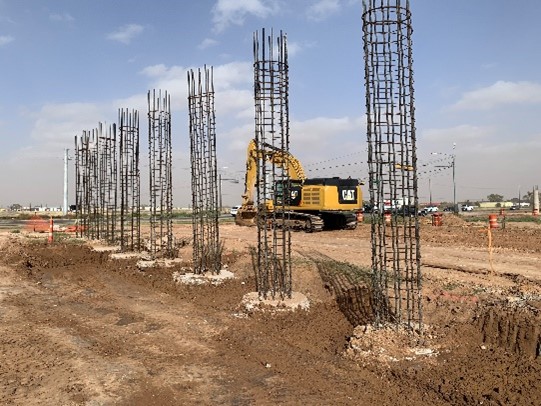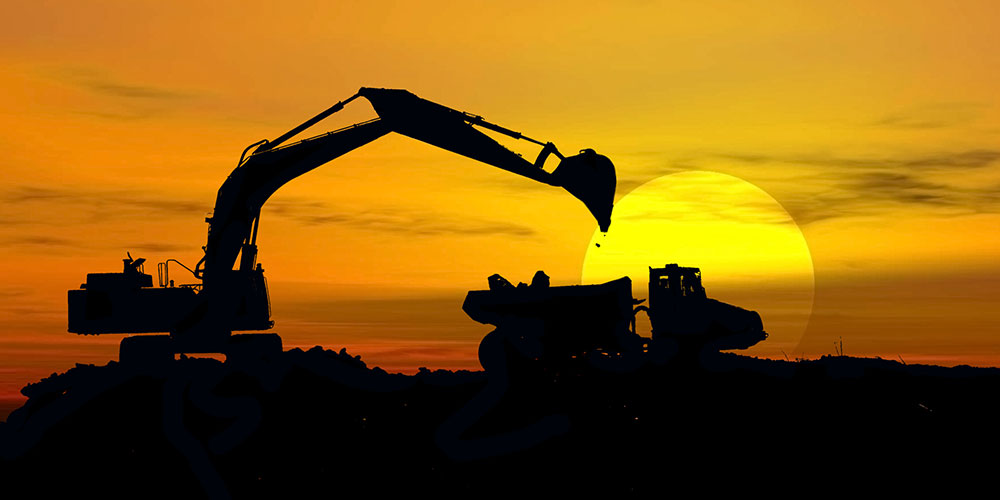Experienced Geotechnical Geologist for In-Depth Ground Investigations
Experienced Geotechnical Geologist for In-Depth Ground Investigations
Blog Article
How Consulting Engineers Enhance Geotechnical Design Projects: Insights Into Their Know-how, Methodologies, and Collaborative Approaches
Consulting designers are essential in improving geotechnical design tasks, using their specialized knowledge to navigate the complexities of subsurface conditions. Their approaches include a variety of website investigation techniques, consisting of Requirement Infiltration Examinations (SPT) and Cone Penetration Examinations (CPT), which notify essential decisions during the style and building and construction stages. Their collective techniques foster interaction among diverse project stakeholders, eventually shaping the job's trajectory. As we analyze the complex functions these professionals play, it becomes clear that their contributions expand past technical experience, triggering a closer check out the effects for project success.
Duty of Consulting Engineers
The experience of seeking advice from engineers in geotechnical engineering is essential to the effective execution of building tasks. These professionals play a critical role in assessing dirt and rock residential or commercial properties, which are important variables affecting design and building and construction choices. By performing thorough site examinations, speaking with designers gather important information that informs the layout process, making certain tasks are improved stable and ideal ground.
Consulting designers additionally offer very useful understandings into risk management (geotechnical geologist). They recognize potential geotechnical dangers, such as landslides, dirt liquefaction, and negotiation concerns, enabling stakeholders to carry out efficient reduction techniques. Their experience help in enhancing foundation designs, which can bring about significant price financial savings and improved security
Additionally, getting in touch with engineers work as an important web link between job owners, designers, and specialists. Their capability to equate complicated geotechnical information right into actionable recommendations promotes collaboration and helps with informed decision-making throughout the job lifecycle. This multidisciplinary strategy not only boosts project effectiveness yet also ensures compliance with governing criteria and finest techniques.
Secret Approaches in Geotechnical Engineering

One primary technique is site investigation, which includes performing area tests and laboratory analyses to gather information on subsurface conditions. Techniques such as Criterion Penetration Screening (SPT) and Cone Infiltration Screening (CPT) are commonly made use of to review dirt stratigraphy and stamina. Furthermore, geophysical techniques, including seismic and electric resistivity surveys, provide non-invasive ways to analyze subsurface characteristics.
Another crucial method is mathematical modeling, which allows engineers to imitate different circumstances and predict exactly how soil-structure communications will act under different loading conditions. Finite Element Evaluation (FEA) is a common method employed in this context.
Moreover, the layout of foundations, retaining frameworks, and earthworks depends heavily on these methodologies - geotechnical click to find out more geologist. By integrating innovative analytical tools with field information, speaking with designers can create tailored remedies that address details task difficulties, inevitably adding to the security and safety and security of building and construction projects
Relevance of Dirt Evaluation
Soil evaluation works as a foundational element in geotechnical design, supplying essential understandings right into the physical and chemical homes of soil needed for effective building preparation. Recognizing dirt characteristics is critical for determining its load-bearing ability, water drainage behavior, and potential for negotiation or instability. Detailed soil examinations, including sampling and lab testing, assistance recognize parameters such as soil type, wetness content, thickness, and shear toughness.
These evaluations notify the option of appropriate building and construction techniques and products, inevitably affecting job security and long life. Natural dirts may need various foundation layouts contrasted to granular soils, requiring tailored engineering options. Moreover, dirt evaluation help in important site determining pollutants that can present risks to human wellness or the environment, enabling the development of mitigation approaches.
Integrating soil analysis right into the beginning of task growth aids to minimize unexpected difficulties, ensuring that engineers can expect and resolve potential problems prior to they escalate. By establishing a thorough understanding of the website problems, consulting designers can maximize design effectiveness and minimize prices, thus improving the overall success of geotechnical design jobs.
Collective Approaches in Projects
Successful geotechnical tasks commonly pivot on collaborative approaches that unite diverse know-how from numerous techniques. Effective partnership among consulting designers, geologists, ecological researchers, and construction experts is pop over to these guys critical for attending to intricate obstacles and enhancing task end results. By leveraging the one-of-a-kind abilities and expertise of each team member, projects can take advantage of a holistic understanding of the website problems, regulatory needs, and design constraints.
Normal communication and interdisciplinary meetings help with the sharing of insights and promote a culture of synergy. These collaborative efforts make it possible for the identification of prospective dangers early in the project lifecycle, permitting prompt mitigation methods. Integrating feedback from stakeholders, consisting of neighborhood communities and governing firms, guarantees that all perspectives are considered, improving project approval and compliance.
Additionally, the combination of innovative technologies, such as Geographic Details Equipment (GIS) and Structure Information Modeling (BIM), further enhances collaboration. These tools permit the real-time sharing of data and visualization of geotechnical problems, promoting notified decision-making. Inevitably, a joint approach not just improves task execution however additionally lays the foundation for ingenious solutions to complex geotechnical design challenges.
Influence on Task Results

Consulting designers use innovative approaches such as danger evaluation and anticipating modeling, which improve the accuracy of job projections. Their ability to integrate innovative technologies, like geotechnical instrumentation and data analytics, better improves the design and building and construction procedures. Because of this, projects experience boosted performance, minimized expenses, and decreased hold-ups.
In addition, fostering effective communication and collaboration amongst employee boosts analytic abilities. When difficulties occur, an unified front enables speedy recognition of remedies, stopping potential problems. Inevitably, the collective initiatives of seeking advice from engineers add to better end results, making certain that tasks satisfy both regulatory requirements and client assumptions.
Conclusion

Report this page